
Mainstream media ignore voices of dissent as the Biden administration moves forward with plans to beef up already heavy U.S. military presence in Southeast Asia.
On November 21, U.S. Vice President Kamala Harris met with Filipino President Ferdinand “Bongbong” Marcos, Jr., at the Malacanang Palace in Manila to discuss an expanded military alliance between the U.S. and the Philippines.
Liza Maza, an official of the International League of People’s Struggle, was one of dozens of people protesting outside. She told Reuters: “We don’t want our country to be used as a pin board or launching pad for the wars of the United States against China or any other country.”

Denouncing China for “intimidation and coercion,” Harris reaffirmed the U.S. commitment to defend the Philippines in her meeting with “Bongbong” under the 1951 Mutual Defense Treaty in case Filipino forces, ships and aircraft came under attack in the disputed waters in the South China Seas.[1]

The Philippines has accused China of harassing its fishing vessels and naval ships near the Spratly Islands off the coast of Palawan—a busy area of commercial shipping traffic which has unexplored reserves of oil and gas.
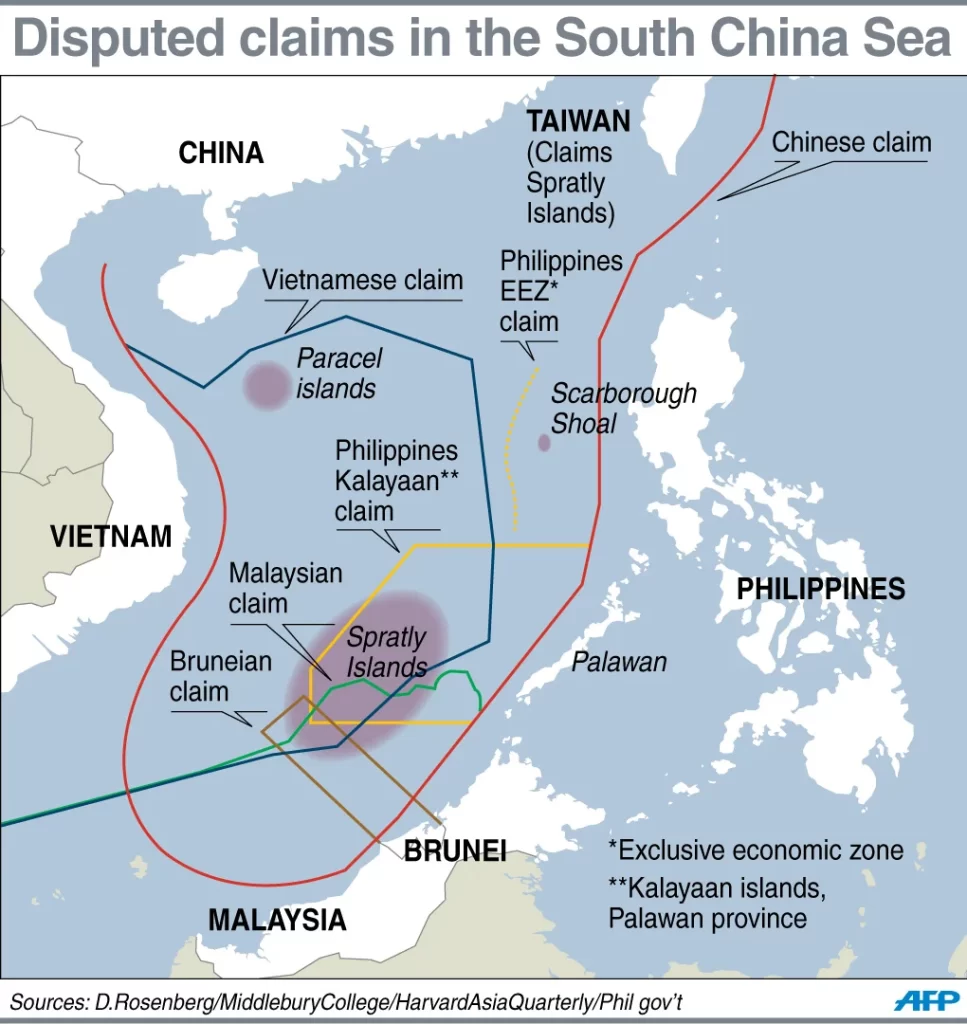
In 2015 satellite imagery revealed that China was constructing an airfield on Fiery Cross Reef within the Spratlys while continuing its land reclamation activities at other sites which the Philippines claims as part of its territory.[2]
![Construction at Kagitingan (Fiery Cross) Reef in the disputed Spratley Islands in the South China Sea by China [EPA]](https://covertactionmagazine.com/wp-content/uploads/2022/12/construction-at-kagitingan-fiery-cross-reef-in-t.jpeg)
The U.S. currently has 100 military personnel stationed in Zamboanga and three southern provinces in the Philippines and plans to develop new military facilities and deploy more troops to expand joint security cooperation and training of Filipino forces.

In October 1,900 U.S. Marines and 530 Philippine Marines stormed the beach facing the South China Sea about 150 miles east of the Scarborough Shoal, a disputed chain of reefs and islands currently controlled by China, in a military drill.
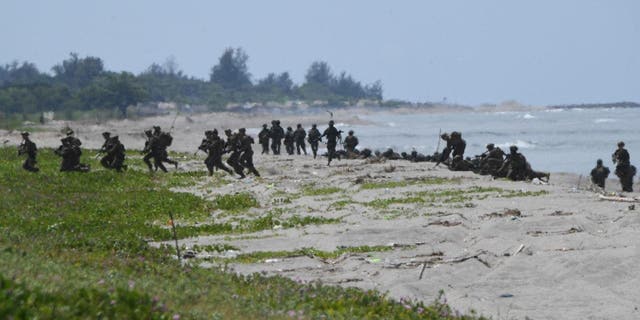
Philippine military chief of staff Lieutenant General Bartolome Bacarro told reporters that the U.S. wanted to construct military facilities in five more areas in the northern Philippines.
Two of the new areas proposed by the Americans were in northern Cagayan province, Bacarro said. Cagayan is across a strait from Taiwan and could serve as a crucial outpost in case tensions worsen between China and the self-governed island that Beijing claims as its own.
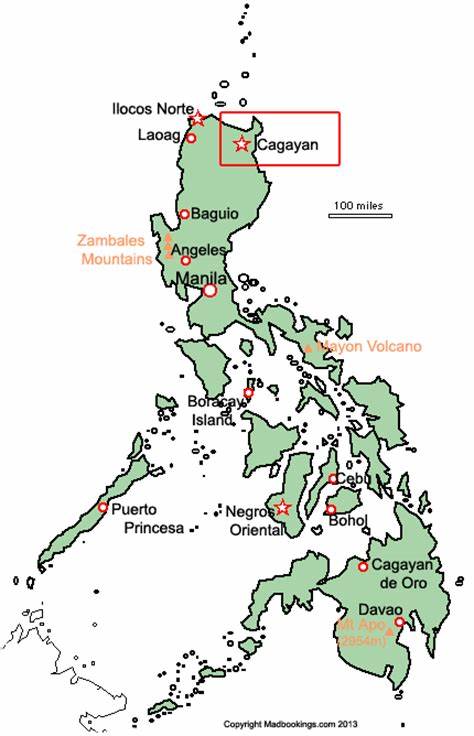
The other proposed sites included the provinces of Palawan and Zambales, he said. They both face the South China Sea and would give the U.S. an important military presence near the Taiwan Strait—at a time when conflict with China over Taiwan escalates.[3]
Rolen Paulino, the chairman of Subic Bay’s Metro Authority, said he expects there to be a U.S. military installation built in Subic Bay for the first time since the U.S. left thirty years ago because “during war, time is of the essence.”
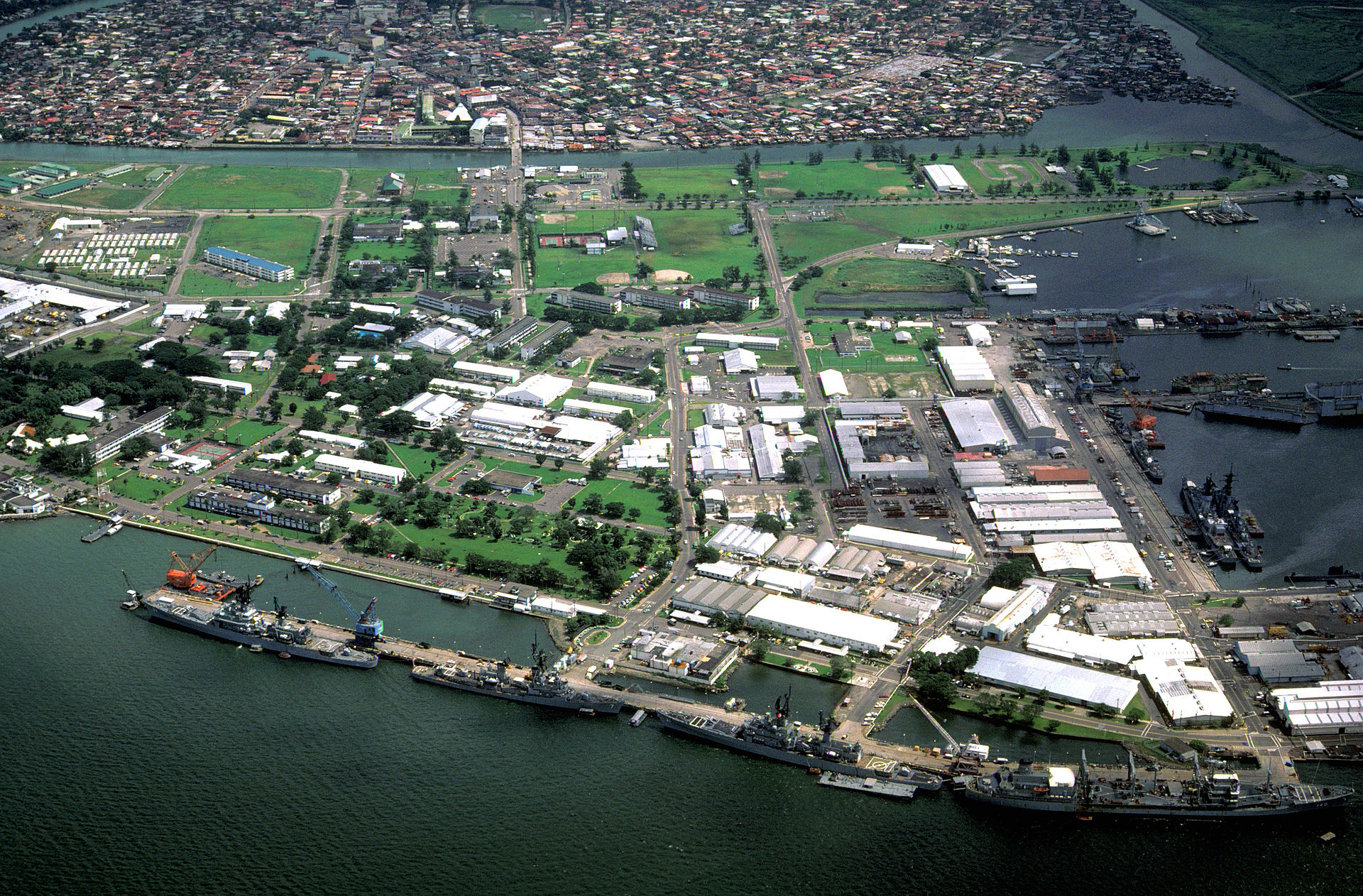
Visit Not to Talk Peace
Agence France-Presse reported on a group of fishermen in Palawan who urged Harris not to capitalize on the plight of the Filipino fisherfolk to justify the construction of more military bases in Palawan.
Pamalakaya chair Fernando Hicap asserted his group’s opposition to “any military intervention, [whether] Chinese or American troops, [that] trample on our sovereign rights and territorial integrity.”
Hicap accused Harris of visiting not to talk peace but to “provoke China and push them to become more aggressive and hostile in the West Philippine Sea, at the further expense of the fishing security of Filipinos.”
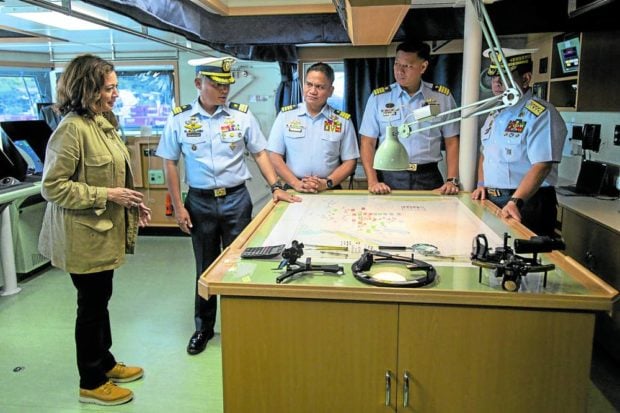
Back to the Future
Following the precedent of past administrations, the Biden administration has presented its military build-up in Southeast Asia as being part of an effort to contain expansion by an authoritarian China.
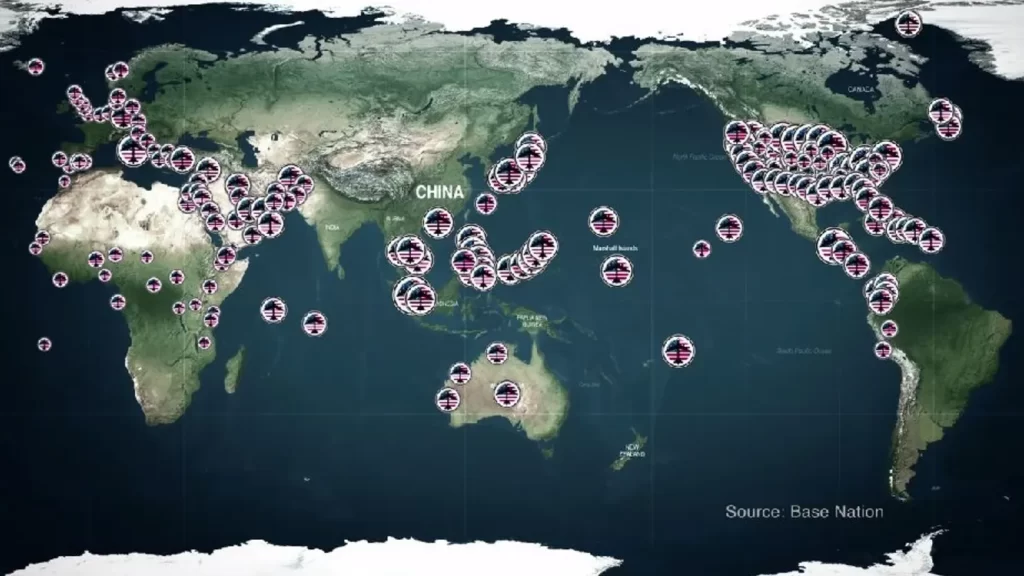
“Bongbong,” however, has displayed strong authoritarian tendencies—arresting a renowned scholar and vice-presidential candidate, for example, on bogus charges.
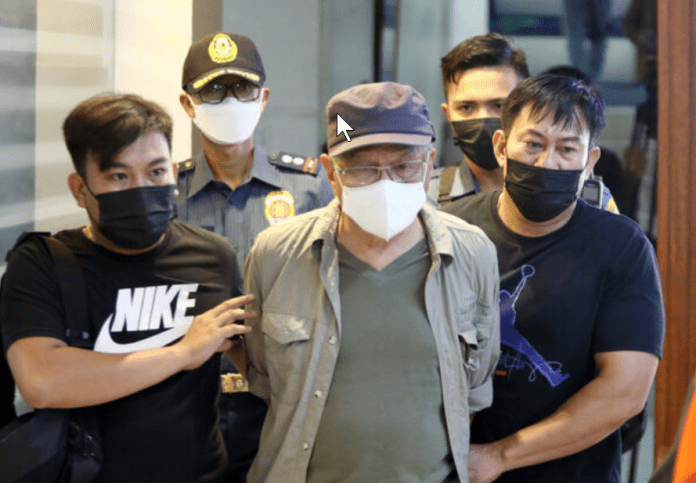
After his election in May, Marcos appointed General Baccara as military chief of staff despite Baccara having compiled a bloody record carrying out counter-insurgency operations against the New People’s Army, an offshoot of the left-wing Hukbalahap, in the 1990s, and as head of the Philippine Army’s Southern Luzon Command.

Marcos’s father Ferdinand was a U.S. Cold War client who presided over a period of martial law and large-scale human rights abuses as Philippines President from 1965 to 1986. The country functioned as a “CIA entrepot” under his rule; a base for bombing operations in Vietnam and subversion throughout Southeast Asia.

Filipinos now find themselves living in a back-to-the-future nightmare made in part by the U.S. where Marcos Jr. is intensifying the country’s recolonization under the pretext of containing Communist China.
Upholding Albert Beveridge and Douglas MacArthur’s Imperial Vision
The U.S. imperial presence in Southeast Asia dates back to the conquest of the Philipines at the turn of the 20th century when pro-imperialist Senator Albert Beveridge (R-IN) proclaimed that “the power that rules the Pacific…is the power that rules the world.”


In a memorable 1951 address to Congress following his removal as Commander of U.S. and UN forces in Korea, General Douglas MacArthur boasted that the U.S. now controlled the Pacific Ocean to the shores of Asia “by a chain of islands extending in an arc from the Aleutians to Marianas” from which “we can dominate with sea and air power every Asia port from Vladivostok to Singapore and prevent any hostile movement into the Pacific.”
In fulfilling Beveridge’s and MacArthur’s imperial vision, the U.S. currently has an estimated 55,000 troops stationed in Japan and roughly 28,500 stationed in South Korea, which receives about $3 billion annually in military aid from the U.S.
There are roughly 83 U.S. military facilities in Japan, 15 military bases in South Korea, 5 military bases in the Philippines, 2 military bases in Thailand, and 1 in Singapore, along with 28 more in the Pacific islands.
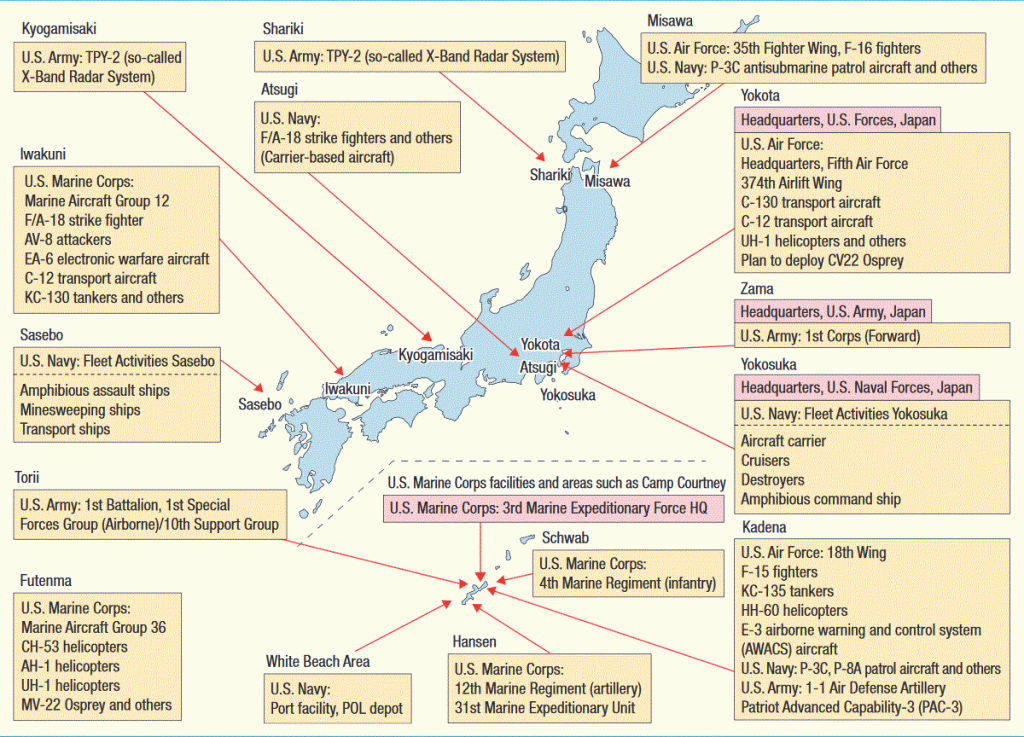
Two U.S. Navy Carrier Strike groups, the Carl Vinson and Abraham Lincoln, are stationed in the South China Sea. A report published by the South China Sea Strategic Situation Probing Initiative, a Beijing-based think tank tracking U.S. military operations, said the U.S. carried out at least 95 military exercises in the South China Sea in 2021, 10 more than in 2019.

The U.S. sent amphibious landing and carrier strike groups to the South China Sea on 12 occasions, with nuclear submarines also making at least 11 transits through the waters along with 22 sorties by B-1B and B-52H strategic bombers.
In 2022, U.S. ships in the South China Sea carried out 22 provocative military maneuvers, according to a tally recorded by the Committee for a SANE U.S.-China Policy.
In August 2021, the U.S., along with Australia and the United Kingdom, carried out its largest naval exercise in 40 years, involving nearly 25,000 military personnel.
Operation Keen Sword in October 2022 meanwhile involved 30,000 military personnel from the U.S., Australia, Japan, Canada and the United Kingdom who carried out mock amphibious, maritime and air operations directed against China off the coast of Nagasaki.

And yet somehow Washington wants people to believe that China is the aggressor.
Threatening China over North Korea
President Biden told Chinese Premier Xi Jinping during their meeting on November 14 in Bali, Indonesia, that North Korea’s pursuit of weapons development will lead to an enhanced U.S. military presence in the region. Biden’s National Security Adviser, Jake Sullivan, told reporters that “the People’s Republic of China has an interest in playing a constructive role in restraining North Korea’s worst tendencies.”
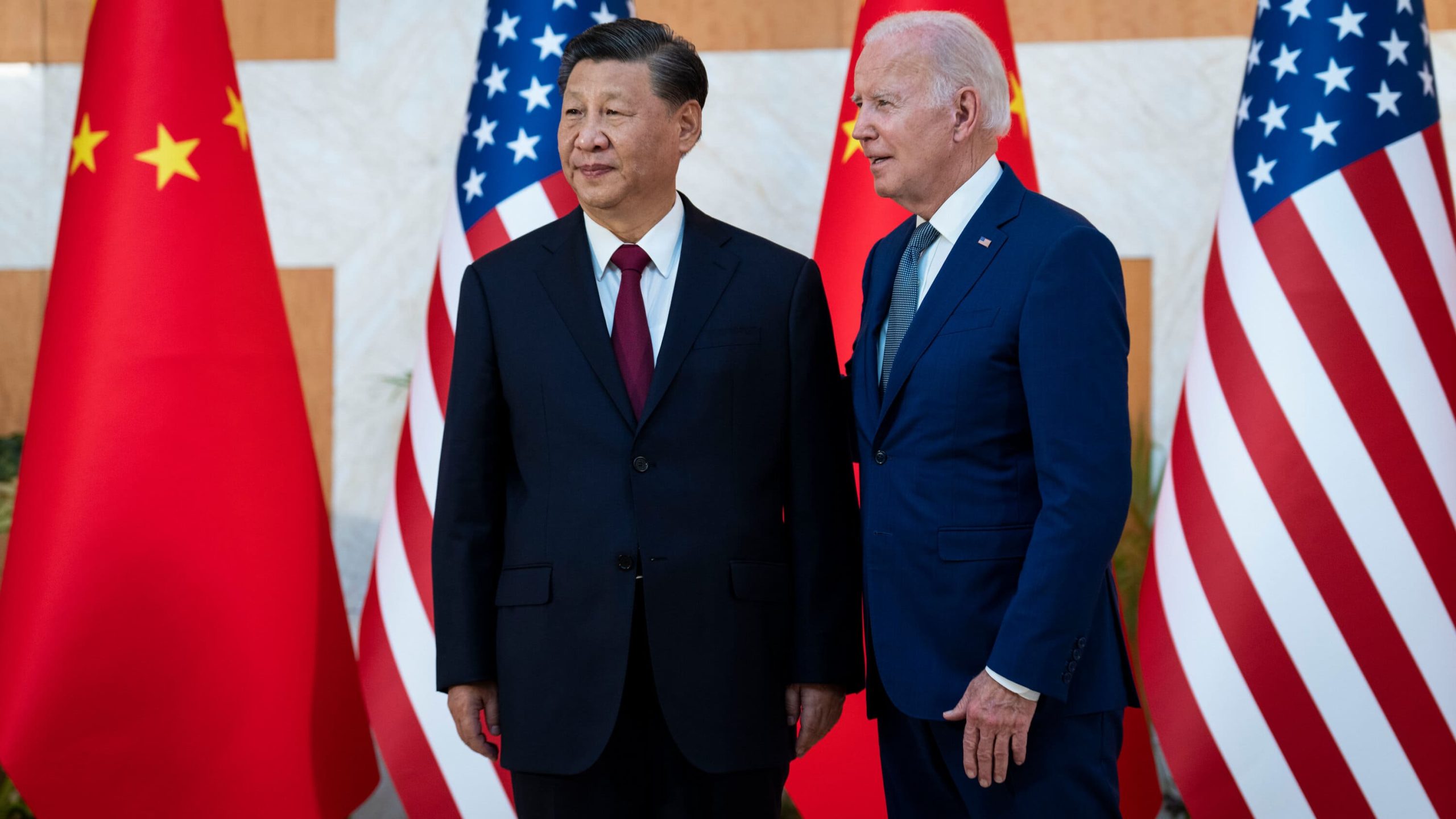

In essence, Sullivan was threatening China with an even greater military build-up on its border if it did not prevent an ally from developing weapons systems that it deems necessary to defend itself from a foreign imperialist power (the U.S.) that literally bombed it back to the Stone Age 70 years ago during the Korean War.
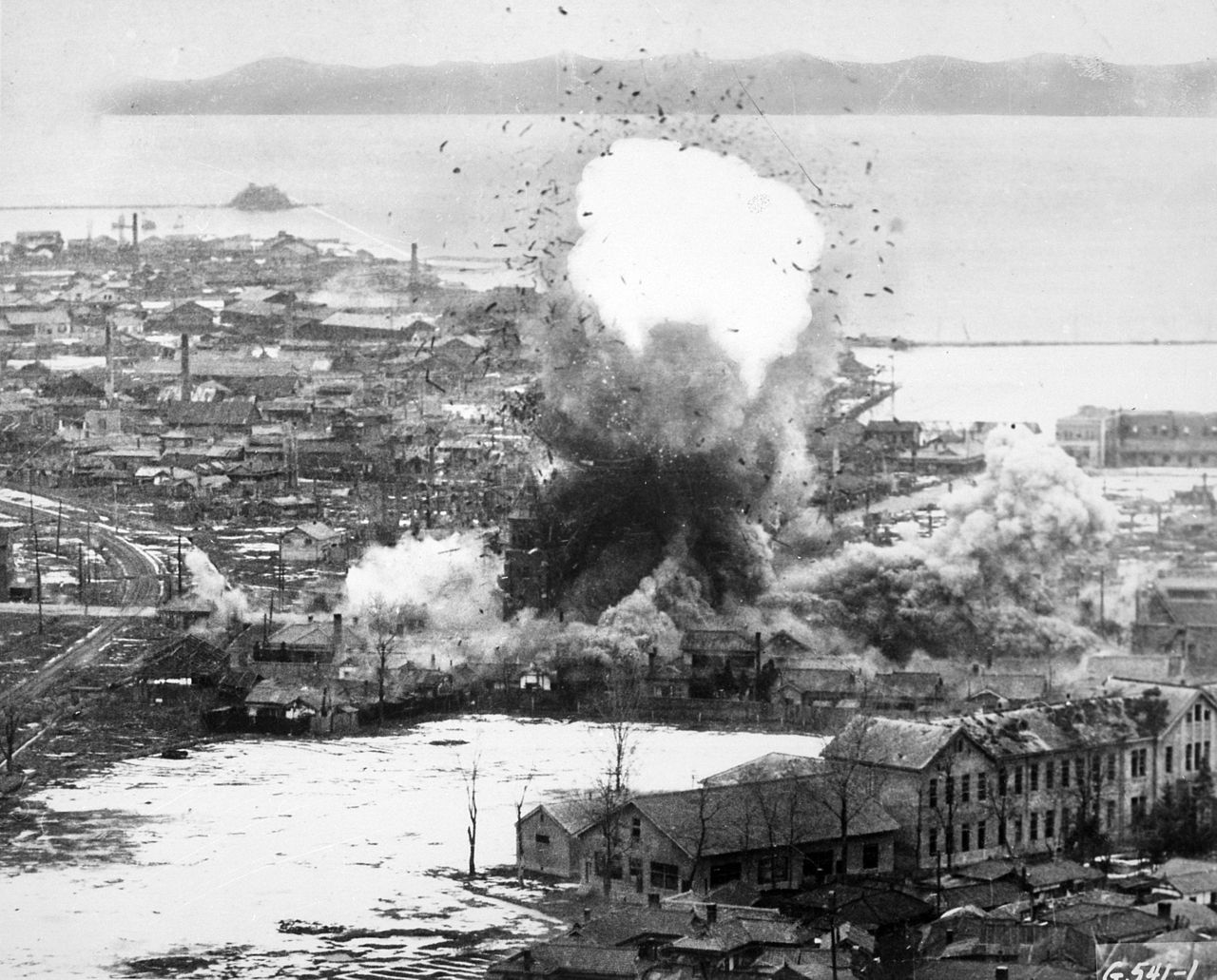
British journalist Reginald Thompson at the time described “holocausts of death and jellied petroleum bombs spreading an abysmal desolation over whole communities…. In such warfare, the slayer merely touches a button and death is in the wings, blotting out the remote, the unknown people below.”

Is it any wonder then that North Korea, after surviving the war with support from China, has developed a nuclear weapons program—particularly with the U.S. maintaining thousands of troops in South Korea, carrying out frequent mock attacks, and applying sanctions that are designed to ruin the Democratic People’s Republic of Korea’s economy and facilitate regime change?
Washington is particularly on edge now because during the last five years North Korea has made stunning advances in long-range intercontinental ballistic missiles (ICBMs) that could eventually be used to attack the U.S. with nuclear warheads.
This expedited rate of development can be traced to North Korea’s acquisition of the high-performance Soviet rocket motor known as the RD250, which was probably obtained in large numbers by North Korea when the Soviet Union collapsed in the 1990s.
This rocket motor was the foundation for the Soviet Union’s entire liquid-propellant ICBM rocket forces from the 1970s to the late 1980s.

Soviet missile engineers and scientists, driven by the collapse of the Soviet economic and political system, also emigrated to North Korea with their families. These Soviet scientists trained a new generation of North Korean students who have shown a high level of skill and innovation in the exploitation of the Soviet rocket technology obtained from the equipment received from the Soviet Union during its collapse.
A demonstration of these astonishing advances occurred in mid-November with the first test launch by North Korea of the Hwasong-17 ICBM prototype.
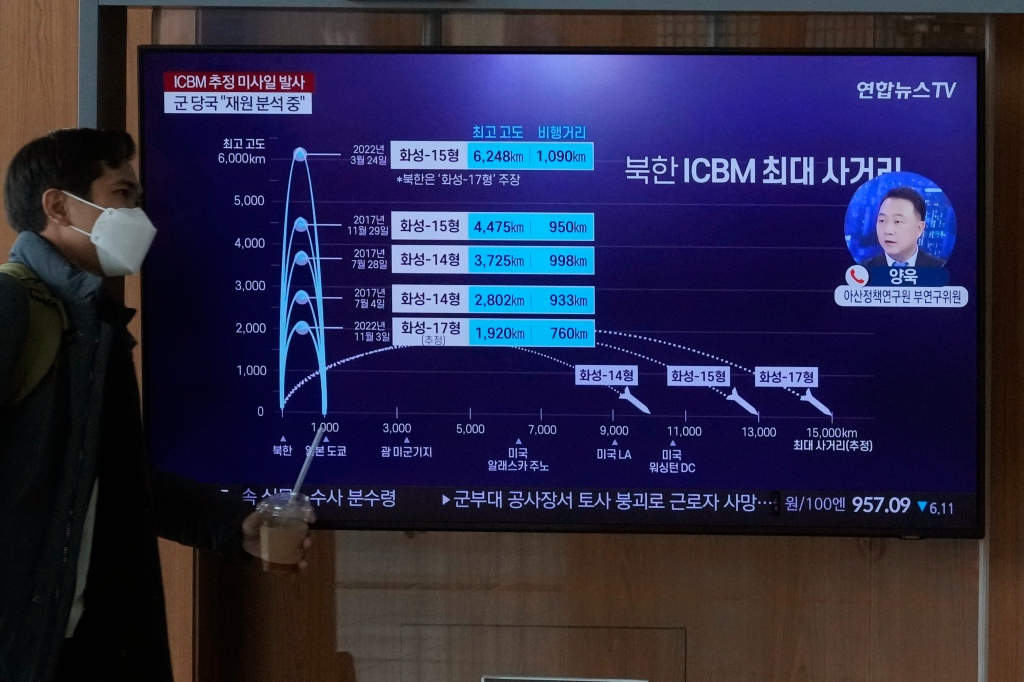
MIT scientist Theodore Postol and Richard Garwin, author of the first hydrogen bomb design, estimate that this new ICBM weighs more than 200,000 pounds, twice that of the Hwasong 15, and will be able to carry nuclear payloads of more than 3,000 pounds to Washington, D.C., more than 4,000 pounds to Los Angeles, and nearly 6,000 pounds to Hawaii.
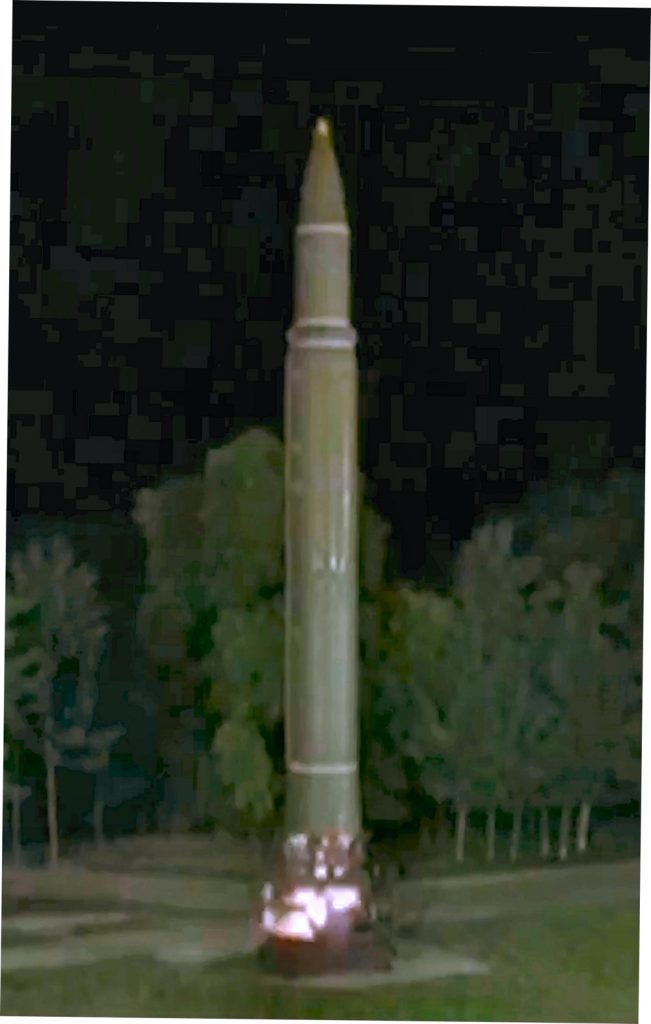
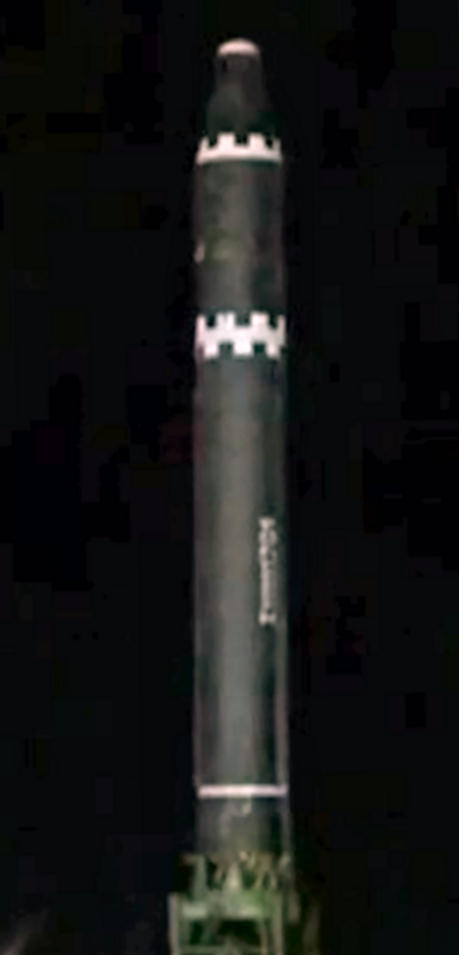
Postol and Garwin wrote in an article in progress sent to me in a private communication that “it is now clear from the demonstrated missile program developments in North Korea over the last five years that there is no longer a question of whether North Korea will be able to develop an ICBM—but when it will do so.”


Postol and Garwin recommend development of a missile defense system known as “Airborne Patrol,” which would use long endurance drones carrying interceptors that could reach and hit any North Korean liquid-propellant ICBMs during its boost phase.
The ICBMSs in turn would be destroyed early enough so that their warheads would fall far short of the continental U.S.—in the Polar Arctic on trajectories toward the U.S. East Coast, or the Northern Pacific on trajectories to the U.S. West Coast.
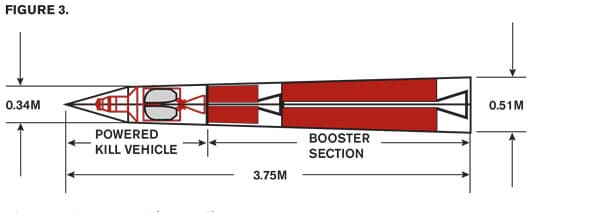
Postol and Garwin are correct in their judgment—as the current Ground-Based Missile Defense System (GMD) based in Fort Greely, Alaska, and at Vandenberg Air Force Base in California can easily be defeated with simple decoys.

However, the Airborne Patrol system could be rendered obsolete if the peace movement successfully pushed the Biden administration or its successor to acknowledge the historical wrongs done by the U.S. to North Korea and the country’s legitimate security rationale in developing nuclear weapons, and to work toward defusing the conflict between the U.S., and North and South Korea and to adhere to the new UN treaty banning nuclear weapons.
The peace movement should additionally push the U.S. to cease its saber-rattling with China and try to leverage China’s economic growth to that of the U.S.—following the cooperative “win-win” approach that Xi Jinping has advocated.

-
Jason Gutierrez, “Visiting Philippines, Harris Slams China,” The New York Times, November 23, 2022. ↑
-
Taiwan and Vietnam have also made claims to the islands. ↑
-
Professor Aries Arugay, the chairman of the University of the Philippines’ Political Science Department, told The New York Times that, “if you look at this part of the world, the Taiwan Strait is very important. Okinawa, the Japanese island where the United States has military bases is too far.” ↑
CovertAction Magazine is made possible by subscriptions, orders and donations from readers like you.
Blow the Whistle on U.S. Imperialism
Click the whistle and donate
When you donate to CovertAction Magazine, you are supporting investigative journalism. Your contributions go directly to supporting the development, production, editing, and dissemination of the Magazine.
CovertAction Magazine does not receive corporate or government sponsorship. Yet, we hold a steadfast commitment to providing compensation for writers, editorial and technical support. Your support helps facilitate this compensation as well as increase the caliber of this work.
Please make a donation by clicking on the donate logo above and enter the amount and your credit or debit card information.
CovertAction Institute, Inc. (CAI) is a 501(c)(3) non-profit organization and your gift is tax-deductible for federal income purposes. CAI’s tax-exempt ID number is 87-2461683.
We sincerely thank you for your support.
Disclaimer: The contents of this article are the sole responsibility of the author(s). CovertAction Institute, Inc. (CAI), including its Board of Directors (BD), Editorial Board (EB), Advisory Board (AB), staff, volunteers and its projects (including CovertAction Magazine) are not responsible for any inaccurate or incorrect statement in this article. This article also does not necessarily represent the views the BD, the EB, the AB, staff, volunteers, or any members of its projects.
Differing viewpoints: CAM publishes articles with differing viewpoints in an effort to nurture vibrant debate and thoughtful critical analysis. Feel free to comment on the articles in the comment section and/or send your letters to the Editors, which we will publish in the Letters column.
Copyrighted Material: This web site may contain copyrighted material the use of which has not always been specifically authorized by the copyright owner. As a not-for-profit charitable organization incorporated in the State of New York, we are making such material available in an effort to advance the understanding of humanity’s problems and hopefully to help find solutions for those problems. We believe this constitutes a ‘fair use’ of any such copyrighted material as provided for in section 107 of the US Copyright Law. You can read more about ‘fair use’ and US Copyright Law at the Legal Information Institute of Cornell Law School.
Republishing: CovertAction Magazine (CAM) grants permission to cross-post CAM articles on not-for-profit community internet sites as long as the source is acknowledged together with a hyperlink to the original CovertAction Magazine article. Also, kindly let us know at info@CovertActionMagazine.com. For publication of CAM articles in print or other forms including commercial internet sites, contact: info@CovertActionMagazine.com.
By using this site, you agree to these terms above.
About the Author

Jeremy Kuzmarov holds a Ph.D. in American history from Brandeis University and has taught at numerous colleges across the United States. He is regularly sought out as an expert on U.S. history and politics for radio and TV programs and co-hosts a radio show on New York Public Radio and on Progressive Radio News Network called “Uncontrolled Opposition.”
He is Managing Editor of CovertAction Magazine and is the author of six books on U.S. foreign policy, including Obama’s Unending Wars (Clarity Press, 2019), The Russians Are Coming, Again, with John Marciano (Monthly Review Press, 2018), Warmonger. How Clinton’s Malign Foreign Policy Launched the U.S. Trajectory From Bush II to Biden (Clarity Press, 2023); and with Dan Kovalik, Syria: Anatomy of Regime Change (Baraka Books, 2025).
Besides these books, Kuzmarov has published hundreds of articles and contributed to numerous edited volumes, including one in the prestigious Oxford History of Counterinsurgency .
He can be reached at jkuzmarov2@gmail.com and found on substack here.



Marcos, Jr. didn’t have Bello arrested. He’s also not calling for recolonization but the opposite, which is to negotiate with China and remain neutral concerning Ukraine.
[…] Filipinos Don’t Want Their Country to Be Used As a “Launching Pad” for a U.S. War Against Chin… Covert Action Magazine […]
[…] Filipinos don’t want their country to be used as a ‘launching pad’ for a US war ag… Secret Action Magazine […]
[…] Filipinos Don’t Want Their Country to Be Used As a “Launching Pad” for a U.S. War Against Chin… […]
Although there are a lot of Filipinos who hate the United States, over the last 20 years or so,
the Philippines has been and still is one of the most pro-American countries in the world. About 80 % of Filipinos have a positive view of the United States and only about 42 % of Filipinos have a positive view of China. Most Filipinos view China as a very authoritarian undemocratic and repressive country.
Dear Jeremy, what Filipinos want is the same all citizens of the world want, but politicians become a different race of human beings forced to deal with Security, Defense, War Industry, military competition, etc. Whilst humanity accepts Militarism and billions of workers make a living producing machine guns, grenades, landmines, bombs, rockets, torpedoes, rocket launchers and interceptors, tanks, air-fighters, warships, drones, etc, to kill millions of workers elsewhere, NOTHING will ever change. Empire or no Empire makes no difference. By accepting Armed Forces, citizens give Governments the Right to Kill, the Right to abuse the UDHR.